By Larry Billinger
Hey there, hairstyle historians and fashion fanatics! Buckle up for a wild ride through the world of the mullet and dreadlocks. It’s a tale filled with twists, turns, and tangles – just like the hairstyles themselves!
The Mullet – More Than Just an ’80s Relic
Believe it or not, the mullet’s story starts way before the neon lights of the ’80s. This “business in the front, party in the back” style goes way back to ancient Greece and Rome. Imagine burly warriors and toga-wearing dudes sporting this look. Even Ben Franklin, who was known more for his brain than his braun, wore a ‘skullet’ – think bald on top, party at the back – to charm the French into supporting America.
Mullet’s World Tour
- In Japan: Known as “Kaminari” or “Thunder,” the mullet here is a mix of samurai vibes and modern sass.
- Down Under in Australia: It’s all about the Outback toughness, where mullets and kangaroos go hand in hand.
- Southern USA: Yeehaw! The mullet is a badge of country rebellion and redneck pride.
- Europe: It’s not just about sipping tea; the mullet is a symbol of rock ‘n’ roll rebellion.
- South Korea: Where K-pop stars turn the mullet into the latest fashion craze.
- Latin America: The mullet is the crown of youthful rebellion, seen on every street corner.
The Mullet’s Many Faces & Iconic Bearers
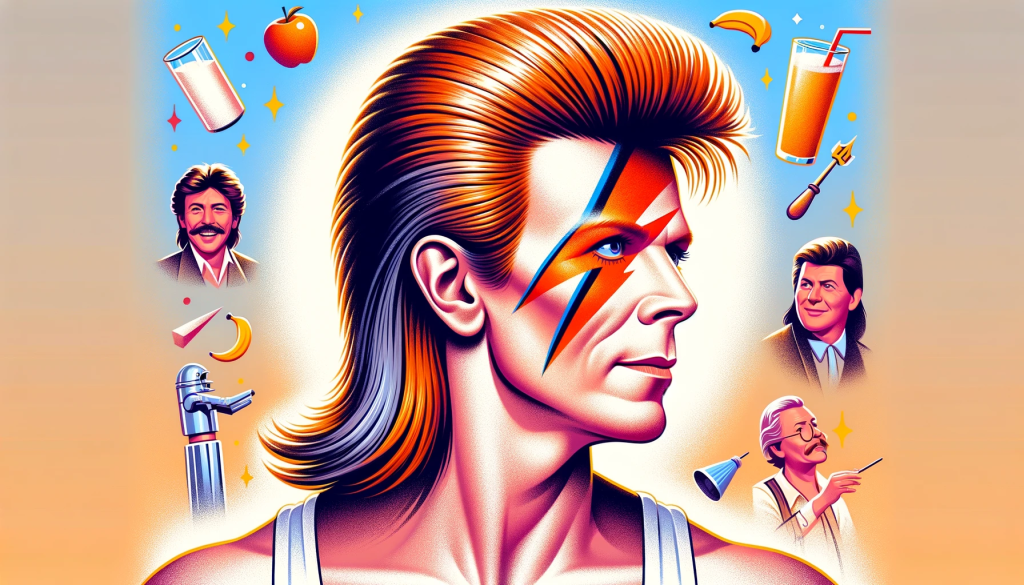

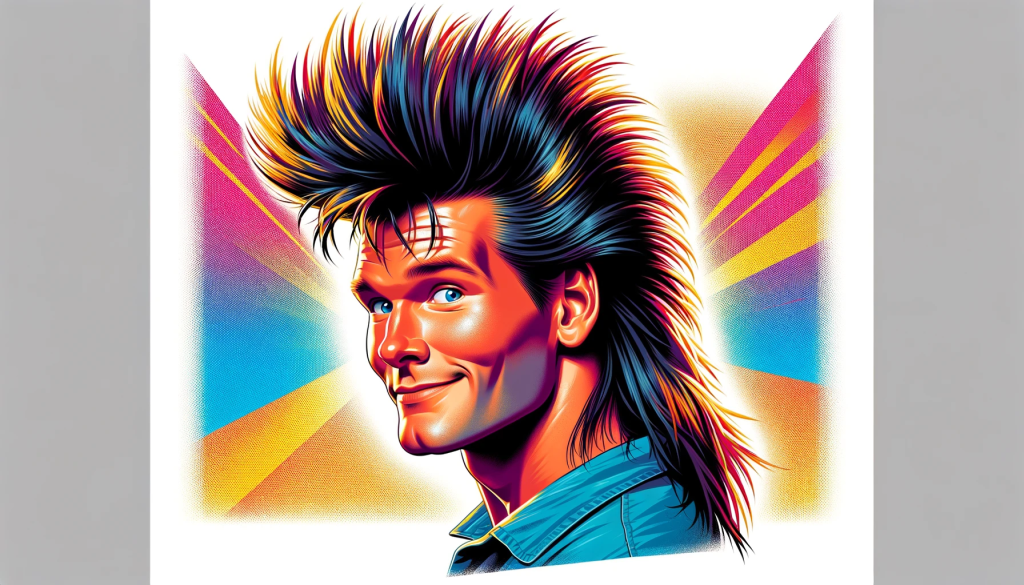
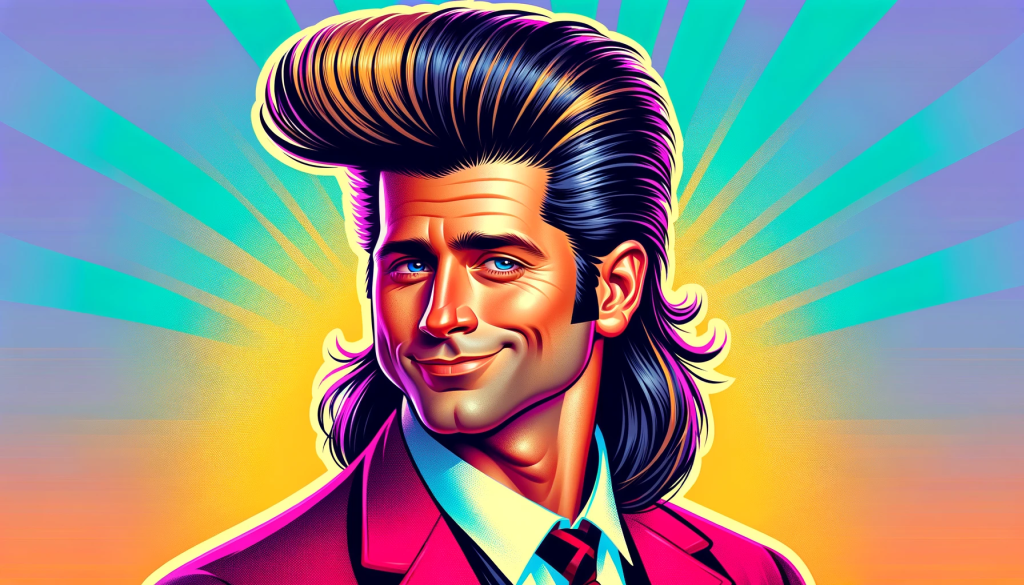
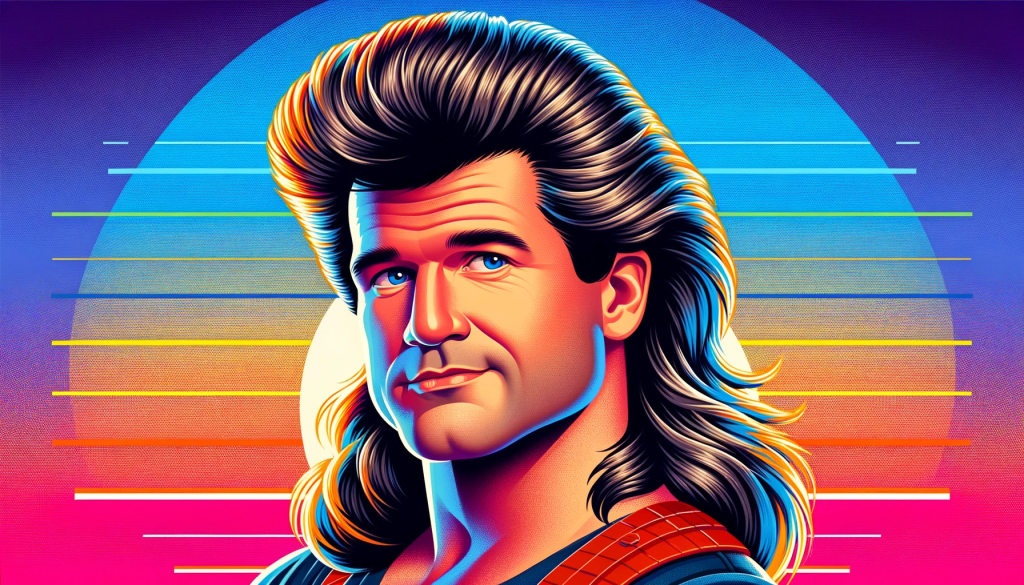
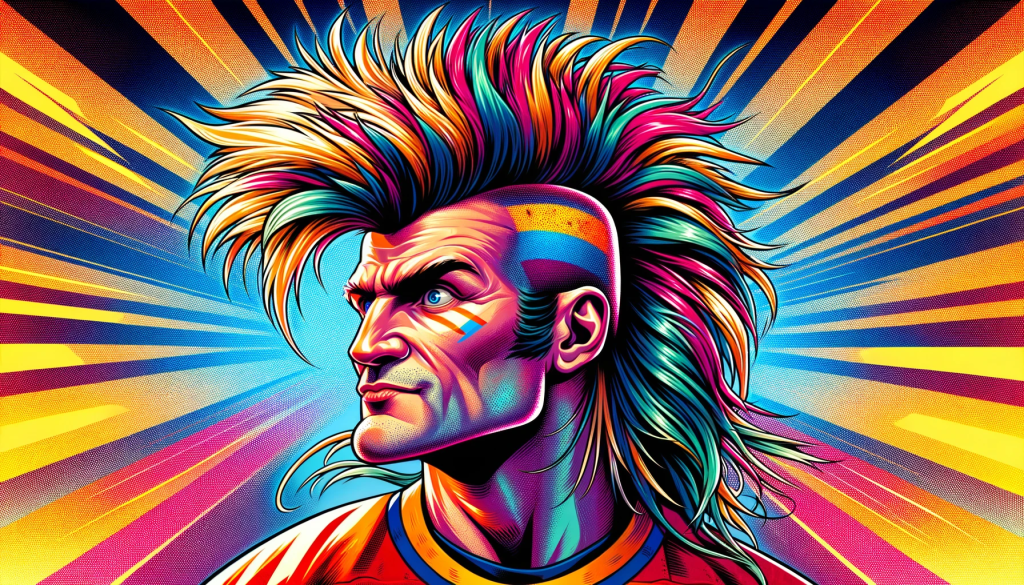
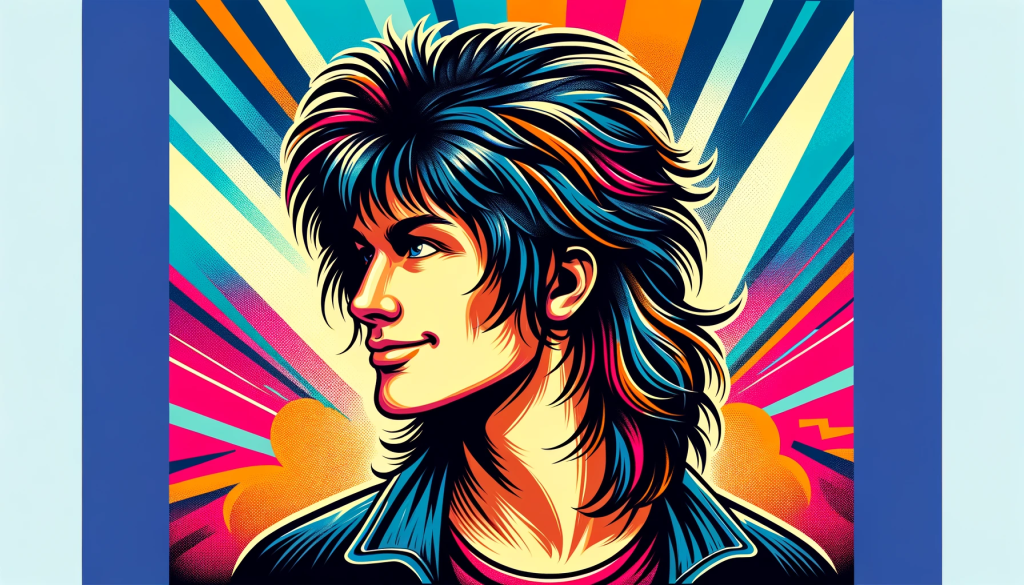
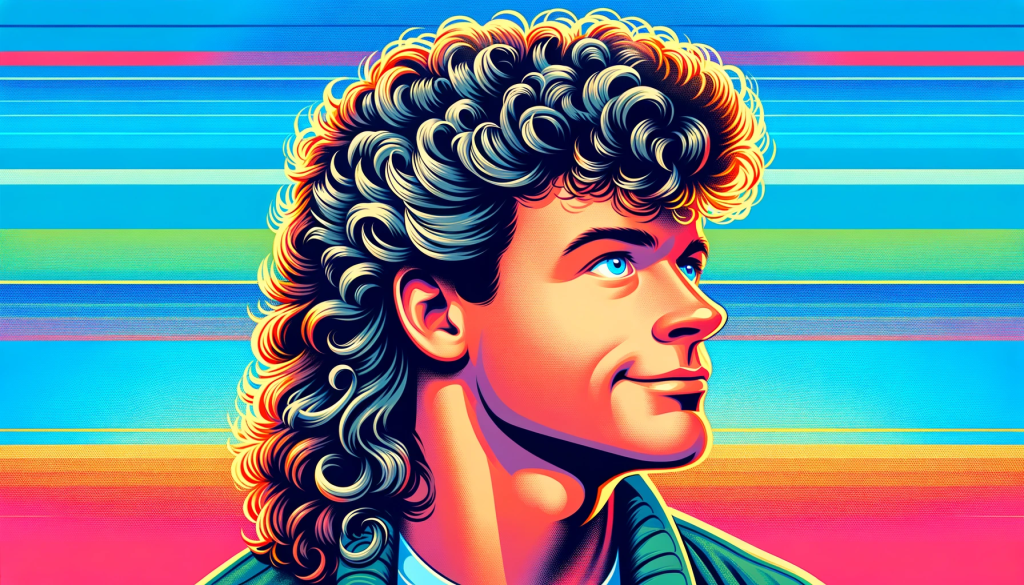


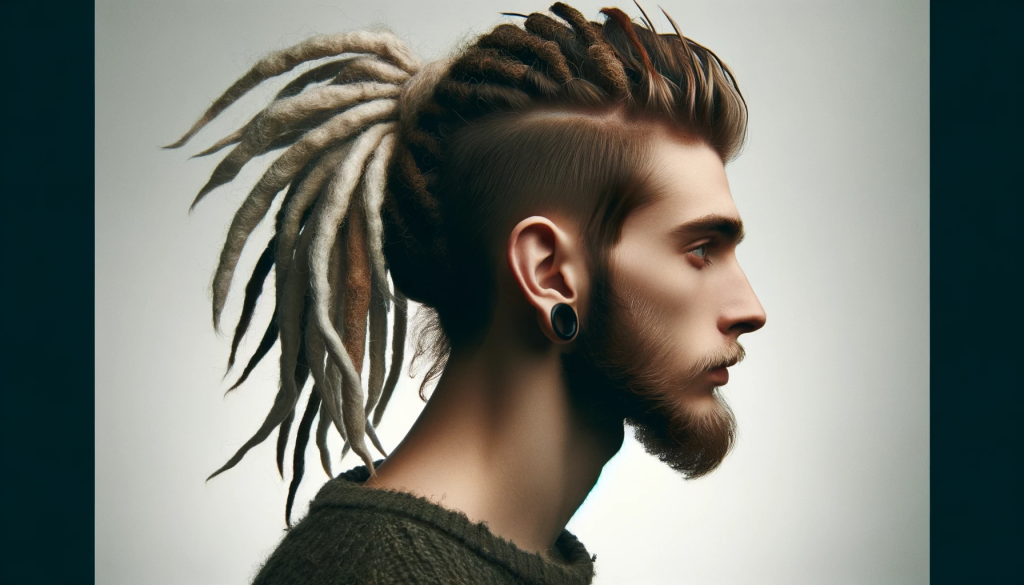
The Mullet’s Modern Metamorphosis
The mullet is like a fashion phoenix, rising from the ashes of its ’80s glory. Today, celebs like Chris Hemsworth and Zendaya have given it a cool-kid makeover, making it a red carpet regular. And let’s not forget the “dreaded mullet” – a fearless fusion of dreadlocks and mullet, because why settle for one statement when you can make two?.
Dreadlocks – Not Just a Hairstyle, But a History Lesson
Dreadlocks have a story that’s as knotty as their appearance. They’ve been part of many cultures, from ancient Egypt to various African communities, to even the Baye Fall followers in Senegal. But when the Rastafarian movement made them famous, dreadlocks became more than just hair – they symbolized a rebellion against mainstream beauty standards.
The Great Debate – When Hair Becomes More Than Hair
Now, let’s comb through the tangled issue of cultural appropriation. Some folks argue that since dreadlocks have popped up in many cultures, anyone can rock them without it being appropriated. But others say, “Hold on a sec!” When a hairstyle loaded with cultural significance gets adopted as a fashion trend, especially by those from a historically dominant culture, it can be seen as a bit insensitive. It’s like saying, “Cool hair, I’ll take it!” without understanding the deep roots behind it. However, the Mullock would be something born of both cultures combined, creating a hairstyle free of appropriation. The perfect solution.
The Final Twist
Whether you’re team mullet, team dreadlocks, or even team “dreaded mullet,” these hairstyles are more than just a bunch of hair. They’re walking, talking history books and cultural statements. So, the next time you spot a mullet or dreadlocks, remember there’s a whole saga behind each strand.
And that’s a wrap on our hair-raising journey! Remember, whether it’s the flowy locks of a mullet or the knotty strands of dreadlocks, every hairstyle has a story. So, keep it stylish, keep it respectful, and most importantly, keep it fun!



